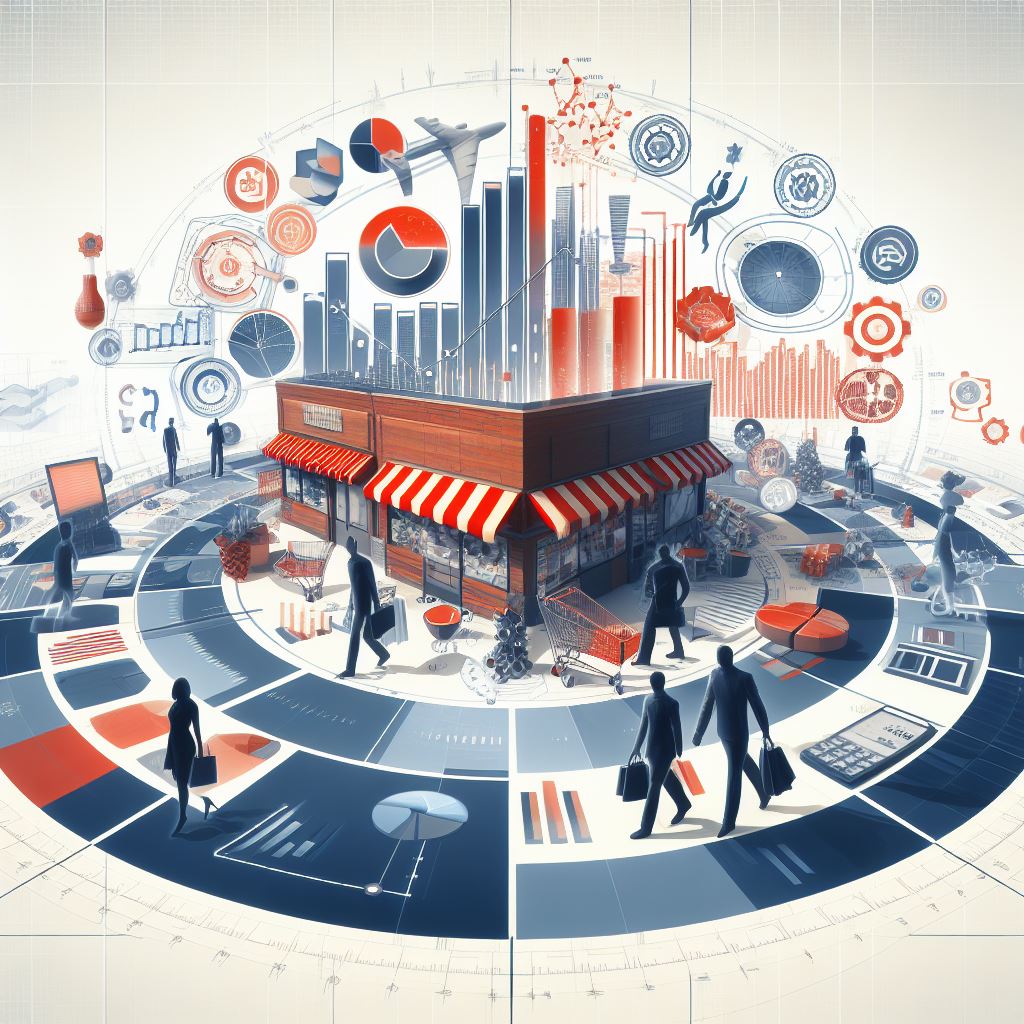The path to retail excellence or How retail businesses utilize Data Analytics to stay ahead
In the rapidly evolving landscape of today’s digital world, the concept of data analytics has become more than just a buzzword; it’s the pivotal force driving decisions, innovations, and transformations across industries. So, what exactly is this enigmatic force that seems to hold the power to unlock the mysteries hidden within data? And why is it so crucial? Let’s try to answer these questions and explain how data analytics is revolutionizing the retail game, one byte at a time.
In the dynamic world of retail, the competition is fierce, and staying ahead of the curve is crucial for success. In recent years, the integration of data analytics and advanced technology has become a game-changer for retail businesses, enabling them to make informed decisions, understand customer behavior, streamline operations, and personalize the shopping experience. This deep dive into the ways retail businesses leverage data analytics and technology unveils the transformative impact on the industry’s landscape.
Understanding Customer Behavior and Personalizing the Shopping Experience:
Data analytics tools allow retailers to gather and analyze vast amounts of customer data, including purchase history, preferences, and browsing patterns. By leveraging this information, retailers can gain valuable insights into customer behavior, enabling them to understand their target audience’s needs and preferences more effectively. This understanding is critical for tailoring marketing strategies and creating personalized shopping experiences by offering product recommendations tailored to each customer’s preferences, increasing the likelihood of conversion. Additionally, personalized marketing campaigns based on customer data can enhance customer loyalty and drive repeat business.
Optimizing Inventory Management:
Data analytics enables retailers to predict trends, anticipate demand, and ensure that the right products are at the right place at the right time. It’s like having a crystal ball that foretells the future of retail, allowing businesses to stock up on the latest trends and keep customers coming back for more. Data analytics and technology play a pivotal role in optimizing inventory management for retail businesses. By utilizing advanced forecasting models and real-time data analysis, retailers can accurately predict consumer demand and adjust inventory levels accordingly. This proactive approach minimizes the risk of overstocking or understocking, reducing operational costs and maximizing profitability. Moreover, inventory management systems integrated with data analytics can help retailers identify trends and patterns, enabling them to make strategic decisions regarding product assortment and pricing.
In conclusion, the integration of data analytics and technology has reshaped the retail landscape, empowering businesses to make data-driven decisions, enhance operational efficiency, and deliver personalized customer experiences. By leveraging the power of data, retail businesses can adapt to evolving consumer preferences, stay ahead of the competition, and foster long-term customer relationships in an increasingly digital marketplace. As technology continues to evolve, the potential for innovation in the retail industry remains limitless, promising a future where data-driven strategies will redefine the shopping experience for consumers.
In a world where customer preferences are as dynamic as the changing seasons, data analytics serves as the guiding light that illuminates the path to retail excellence.



